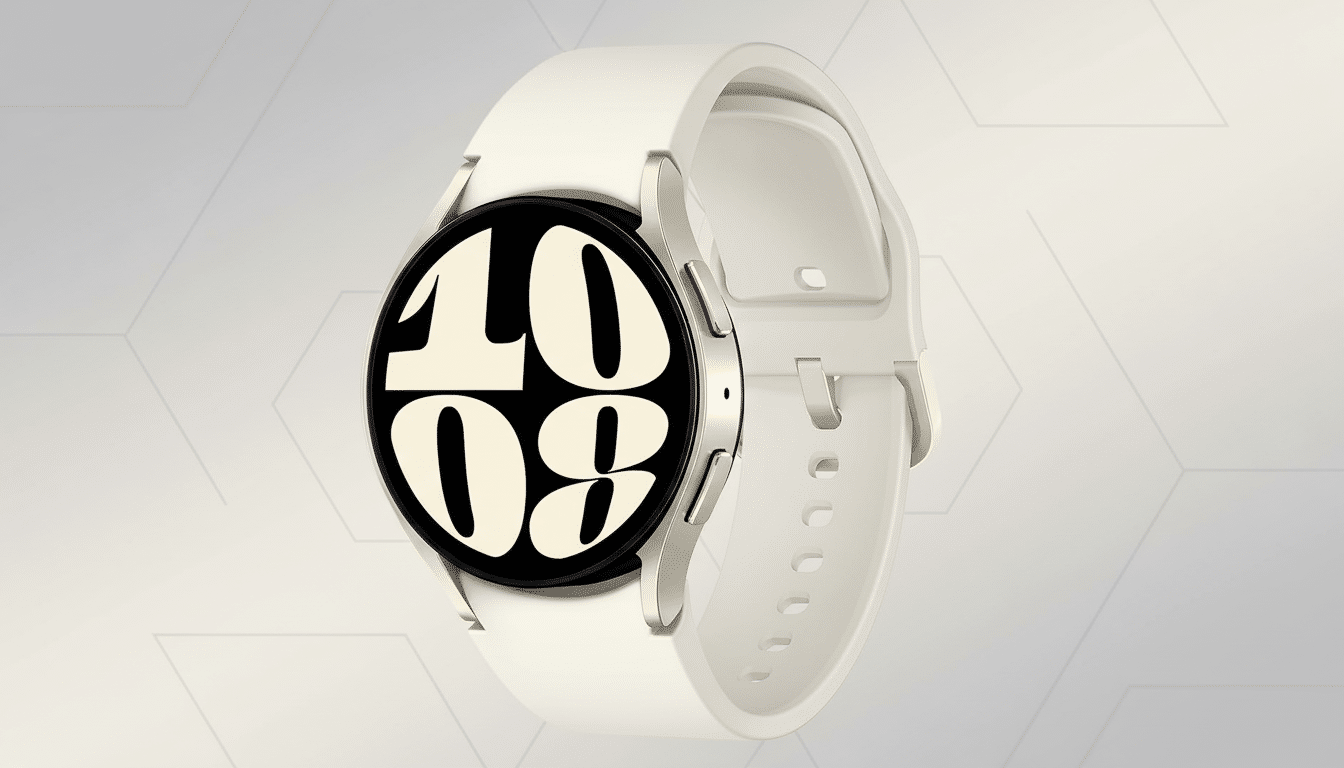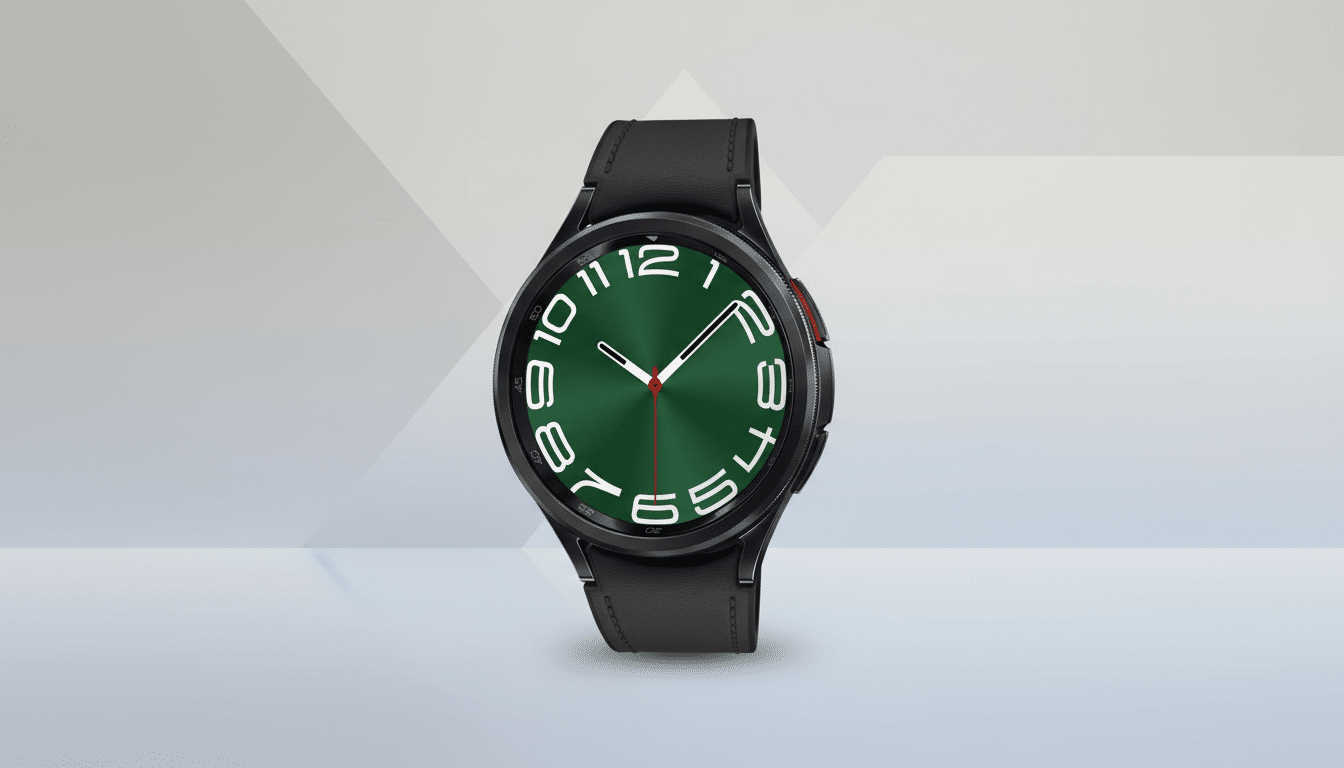Samsung’s steady One UI 8 Watch deployment is hitting Galaxy Watch 6 and Watch 6 Classic users, and increasingly more people claim that the update left their wearables feeling slow. The good news is the community has already uncovered a few practical solutions that bring back the snappy feel many buyers are going to expect.
What Users Are Seeing After the One UI 8 Watch Update
There are reports on Reddit and the Samsung Members community of stutter when pulling down Quick Settings, frame drops while swiping tiles, and even occasional sluggishness launching apps. Not all watches are affected, but the pattern is a common one: After major firmware updates, wearables often reindex data, reoptimize apps, and rebuild caches. That background work can temporarily soak up limited resources on a small device.

The Galaxy Watch 6 lineup is powered by Samsung’s Exynos W930 with 2GB of RAM. It’s not bad silicon for a smartwatch, but visual effects such as transparency and blur are surprisingly expensive to compute because they increase the load on the display compositor. You can tell when more eye candy is pushed alongside new post‑update tasks.
Quick Fixes to Restore Speed on One UI 8 Watch
- Reboot first. A reboot kills hung processes and reloads system services. Head to Settings > System > Restart on your device, or hold down both the Home and Back buttons for around 10 seconds until you see the Samsung logo.
- Reduce transparency and blur. For many users this single toggle has made all the difference by decreasing GPU load. On your watch, go to Settings > Accessibility > Vision enhancements > Reduce transparency and blur, and turn it on. Much of the UI will appear nearly identical, but interactions feel almost instantly more responsive.
- Let the watch settle. Following updates, give the charger 30–60 minutes with Wi‑Fi connected for the system to complete background optimization without involving you. This is a tip that veteran Wear OS users and support reps alike swear by.
- Trim heavy widgets and faces. Use a simpler watch face (minimal live complications, few or no animations) and uninstall tiles you rarely use. It’s intermittent stutter that comes from animated complications and on‑the‑fly updates from your network, which all wearable OSes suffer.
- Check storage headroom. Leave a few hundred megabytes of free space. Visit Settings > Battery and device care > Storage to delete unwanted apps, faces, music, or podcasts. Low free space may slow down caching and app launches.
How to Safely Clear the Cache Partition on Galaxy Watch 6
If you are experiencing lag, wiping the cache partition can help clear old data that may clog your system during an update from build to build. This won’t delete your data.
Bonus: Practice with your new Galaxy Watch
Before you begin, charge up to at least 30% and put the watch on a charger. Then follow these steps:

- Power off the watch completely.
- Press and hold both the Home and Back keys until “Rebooting” appears, then press the Home key several times to enter the Reboot Mode menu.
- Press the Home button to move to Recovery, then press and hold Home to select it.
- In Android recovery mode, press Home to choose “Wipe cache partition,” long‑press Home to confirm, then select “Reboot system now.”
After this step, many users see UI smoothness return to normal, especially when combined with the transparency reduction toggle.
Why These Tweaks Improve Performance After One UI 8
Blur and transparency features stack multiple frames and enable pixel blending in real time, which increases GPU and memory pressure. In compact devices with strong thermal and power constraints, turning them down can free up resources for touch input and animations. Cache clearing removes old assets and compiled app code that may clash with new frameworks after a firmware jump, thereby decreasing hiccups when launching an app or scrolling.
It’s also normal for performance to get better as the watch finishes up post‑update tasks over the course of the first day. Based on users’ experiences around Samsung’s support forums, the stutter usually disappears within 24–48 hours as long as you leave your device alone to complete optimization cycles.
When to Escalate the Issue and Contact Samsung Support
If you’re still having lag after 48 hours and going through the above steps, back up your watch in the Galaxy Wearable app and factory‑reset it. If you’re still experiencing the issue on a clean install, then reach out to Samsung Support or an authorized service center; stubborn stuttering may be indicative of a software bug that requires logs in order to diagnose, or even a future fix. Industry trackers generally agree that Samsung is the world’s second‑largest vendor of smartwatches, and post‑platform releases the company has a habit of following up with stability patches—look for one in the next maintenance build.
But until then, a reboot and a reduction in UI niceties—along with clearing the cache—will help your Galaxy Watch 6 feel like itself again on One UI 8 Watch.

